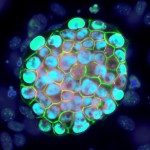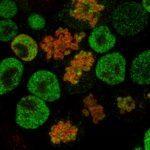Lien vers Pubmed [PMID] – 9303268
Comput Biol Med 1997 Jul; 27(4): 309-28
This study defines and evaluates a non-invasive technique that will identify a spasm as an uncommanded movement (U) from a normally commanded movement (C). Upper arm function during a tracking task is recognized as non-linear and characterized by a phase plane with acceleration (second derivative of stick position) plotted on the ordinate and velocity (first derivative of stick position) plotted on the abscissa. An acceleration time constant (tau A) is defined as (VA/AM) where AM is the maximal acceleration and VA is the velocity at AM. A deceleration time constant (tau D) is also defined as (VD/DM), where DM is the maximal deceleration and VD is the velocity at DM. Ten spastic subjects (S) were categorized into three groups of mildly spastic (M), intermediately spastic (I), and highly spastic (H) which were compared to five normal subjects (N). The results indicate that for C and U, both VA and AM are significantly lower for S at all three levels as compared to N. tau A is significantly higher for M and I as compared to N. Both VD and tau D are significantly higher for S at all three levels when compared to N. DM is significantly lower for S at all three levels of S when compared to N. Finally, AM and tau A significantly differentiate C vs U for M. VA and tau D significantly differentiate for I. VA, AM as well as DM, tau D significantly differentiate for H. The physical significance of these results is discussed with respect to the time course and magnitude of net muscle moment (M), and the reversal of the agonist-antagonist relationship during the acceleration and deceleration phases. Finally, a spasm identification algorithm is proposed.


